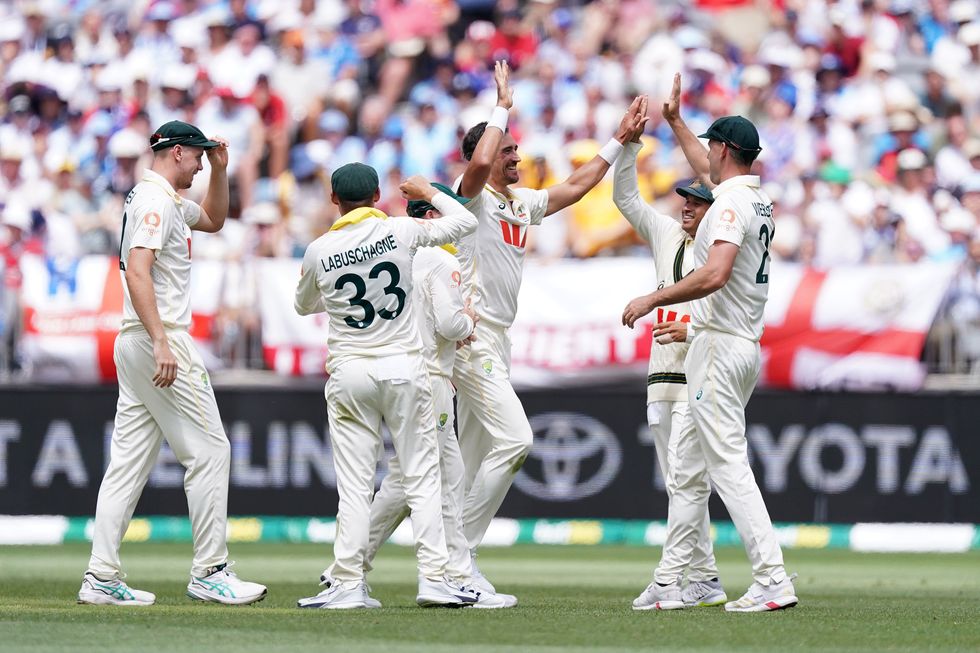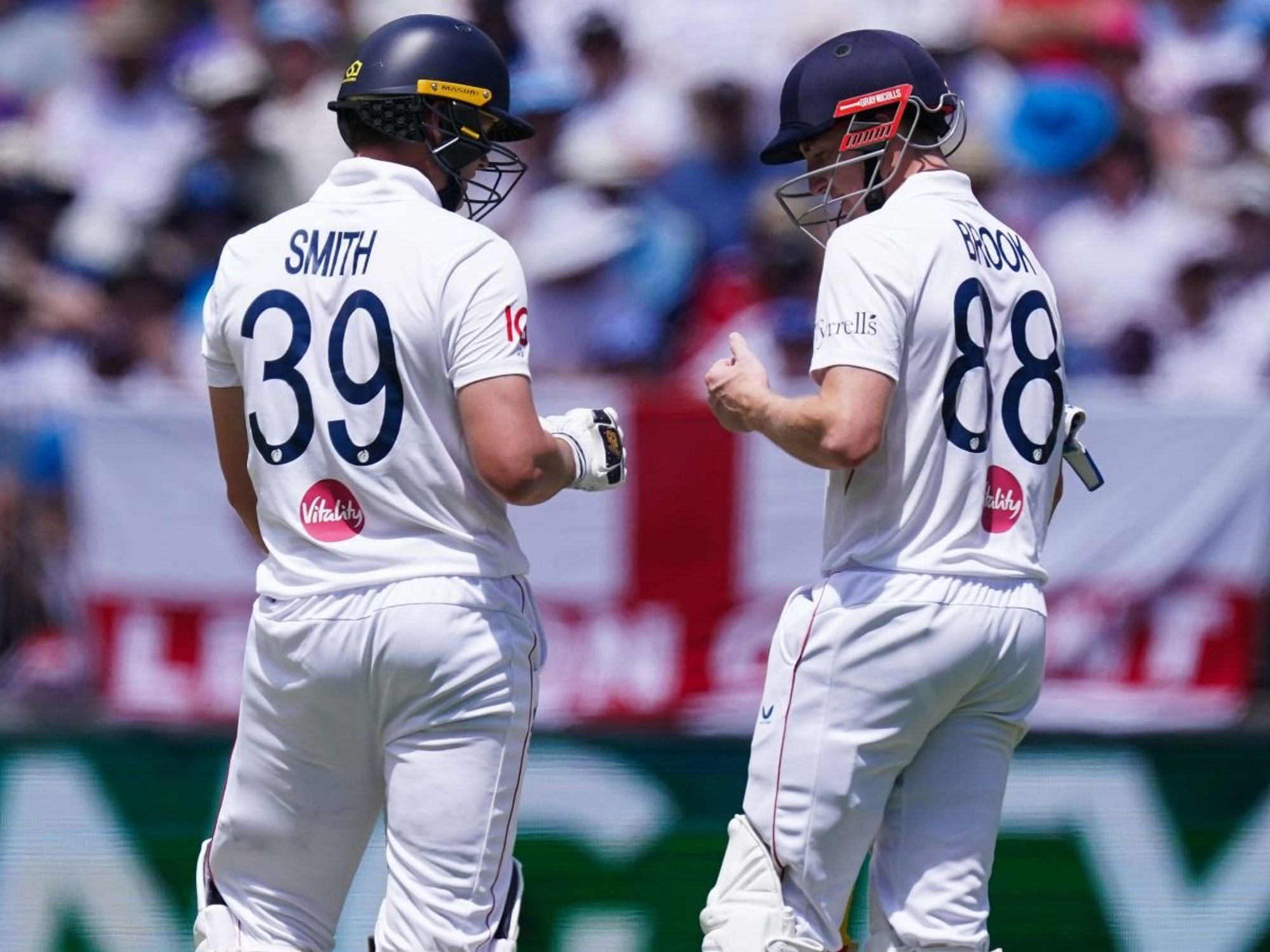Ashes controversy strikes with England star dismissed in contentious circumstances against Australia

Jamie Smith was given caught behind following a DRS check
Don't Miss
Most Read
England’s opening Ashes encounter in Perth was ignited by an umpiring controversy on Saturday when Jamie Smith was adjudged caught behind after a Decision Review System intervention that left supporters, pundits, and former players questioning the use of the technology.
The contentious moment arrived during England’s second innings as the visitors looked to build a foothold.
Smith, attempting to glance a delivery from Australian seamer Brendan Doggett down the leg side, appeared to miss the ball cleanly.
Immediately, the Australians went up for a caught behind appeal, convinced the Surrey wicketkeeper-batter had feathered the ball through to the keeper.
On-field umpire Nitin Menon was unmoved, shaking his head and awarding no dismissal.
Australia then opted for the DRS review, which should only overturn the original call if the evidence is “conclusive”. What followed was neither swift nor straightforward. The broadcaster’s
Real Time Snicko technology detected a spike, but crucially, only after the ball had passed Smith’s bat.

Jamie Smith scored 15 runs for England on day two of the Ashes series with Australia
|PA
Smith was given out, departing from the action as England’s dressing room wore a collective look of disbelief.
The decision immediately triggered debate across social media, with supporters divided on the matter.
The laws of cricket stipulate that technology should assist rather than replace the judgement of umpires, and that an on-field decision must stand unless proven beyond doubt to be incorrect.
LATEST SPORTS NEWS:
 Five things to know about the Ashes | PA
Five things to know about the Ashes | PACritics argued that such a threshold was not met.
Former players suggested that the technology, while valuable, should not be interpreted in isolation and that a single Snicko spike - especially one occurring after the ball had passed the bat - should not be weighted above visual evidence.
Others pointed out that faint spikes have, in rare cases, appeared due to noise unrelated to bat-on-ball contact, such as pad friction or ambient movement.
Meanwhile, England slumped to 164 all out on the second day of action before tea.
Mitchell Starc claimed the big wickets of Joe Roots and Ben Stokes, who haven't got going with the bat so far.
It means Australia need 205 to win the Test, with plenty of overs left in the fixture.
What is DRS in cricket?

Australia need 205 to win the first Ashes Test against England
|PA
The Decision Review System (DRS) in cricket is a technology-based method used to improve the accuracy of umpiring decisions.
It allows teams to challenge an on-field decision if they believe it is incorrect.
When a team requests a review, the third umpire re-examines the decision using various technologies such as ball tracking, UltraEdge, Hot Spot, and multiple camera angles.
DRS is commonly used for decisions involving dismissals, including leg before wicket (LBW), catches, and run-outs.
In an LBW review, ball-tracking software predicts the path of the ball to determine whether it would have hit the stumps. UltraEdge and Hot Spot help detect whether the ball has touched the bat before hitting the pads or being caught.
Teams have limited unsuccessful reviews, typically two per innings in Test cricket and one in shorter formats. If evidence is unclear, the original on-field decision is retained through a principle known as Umpire’s Call.










